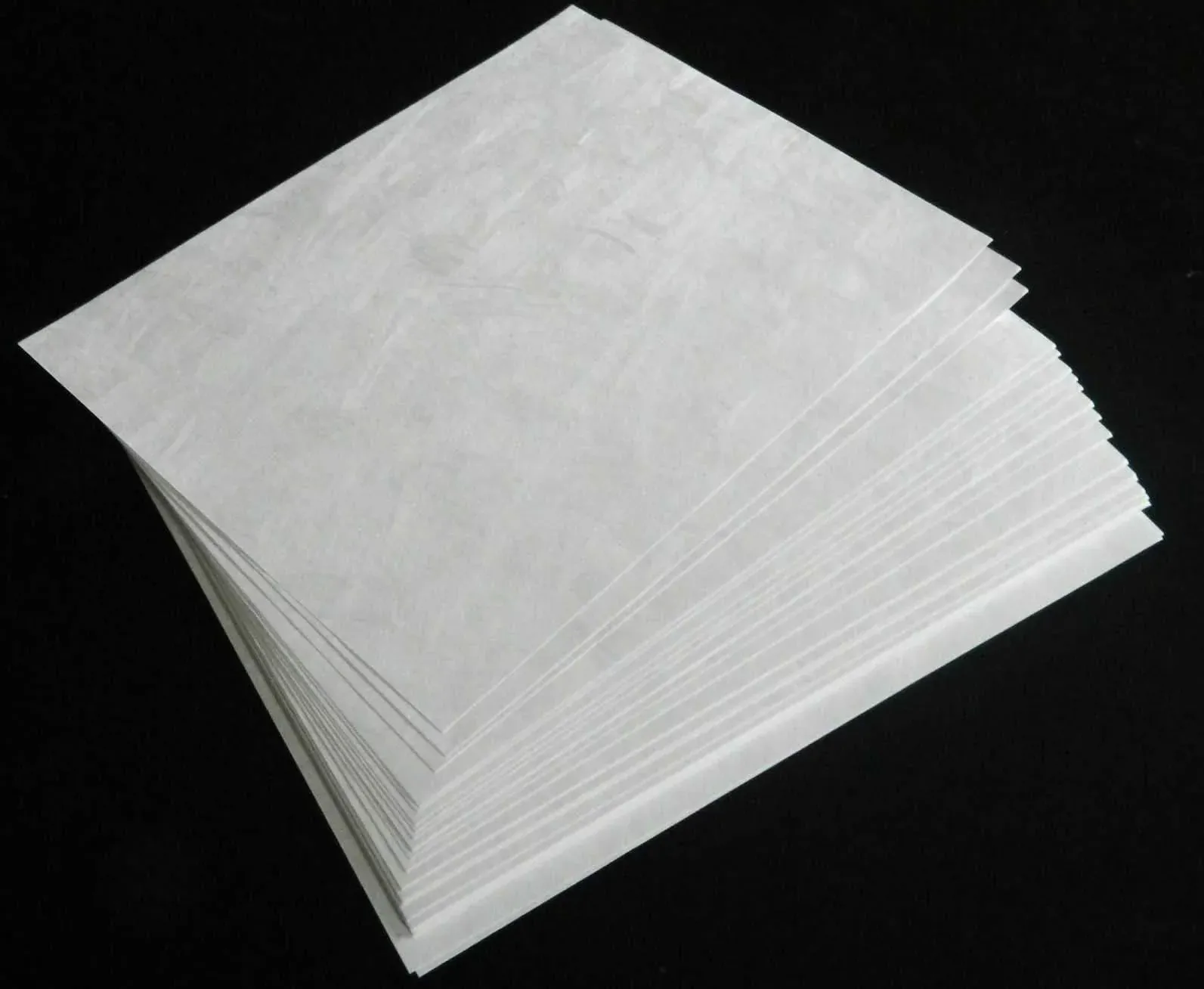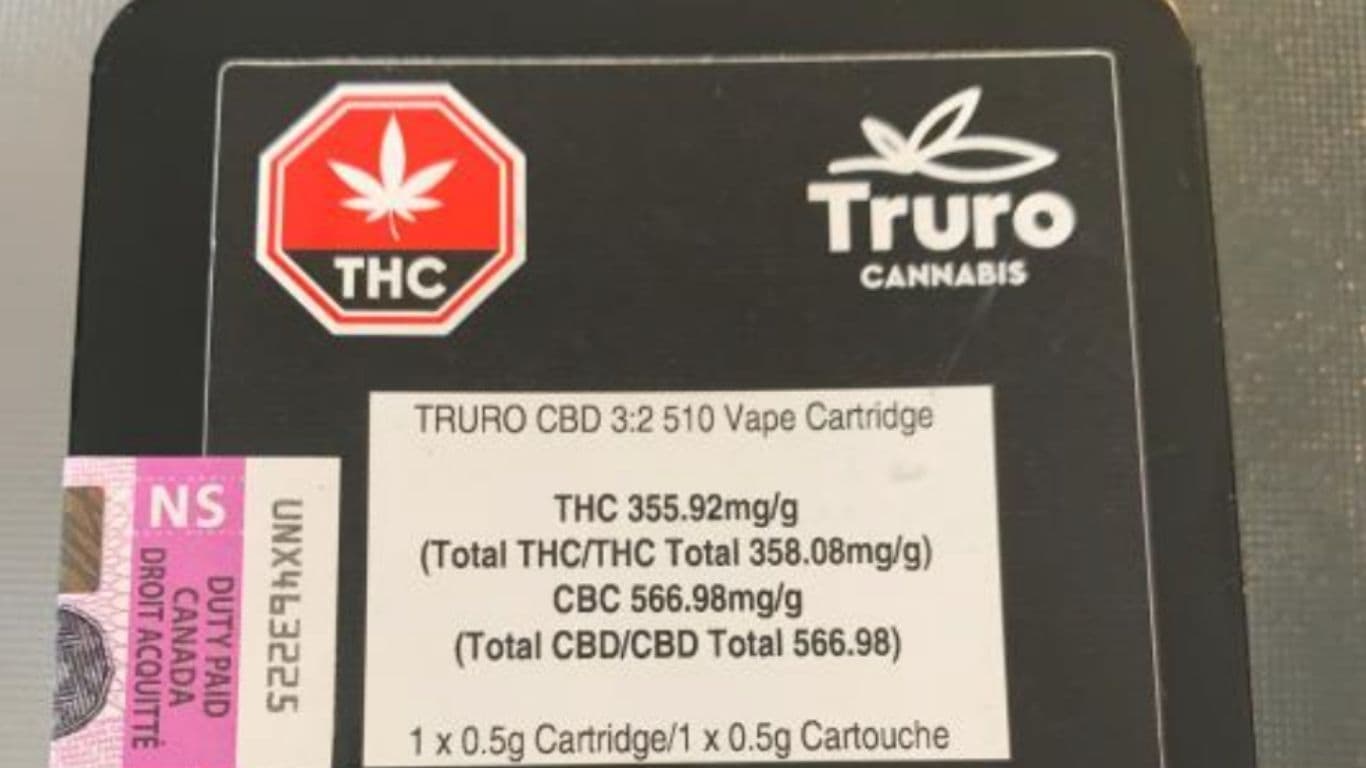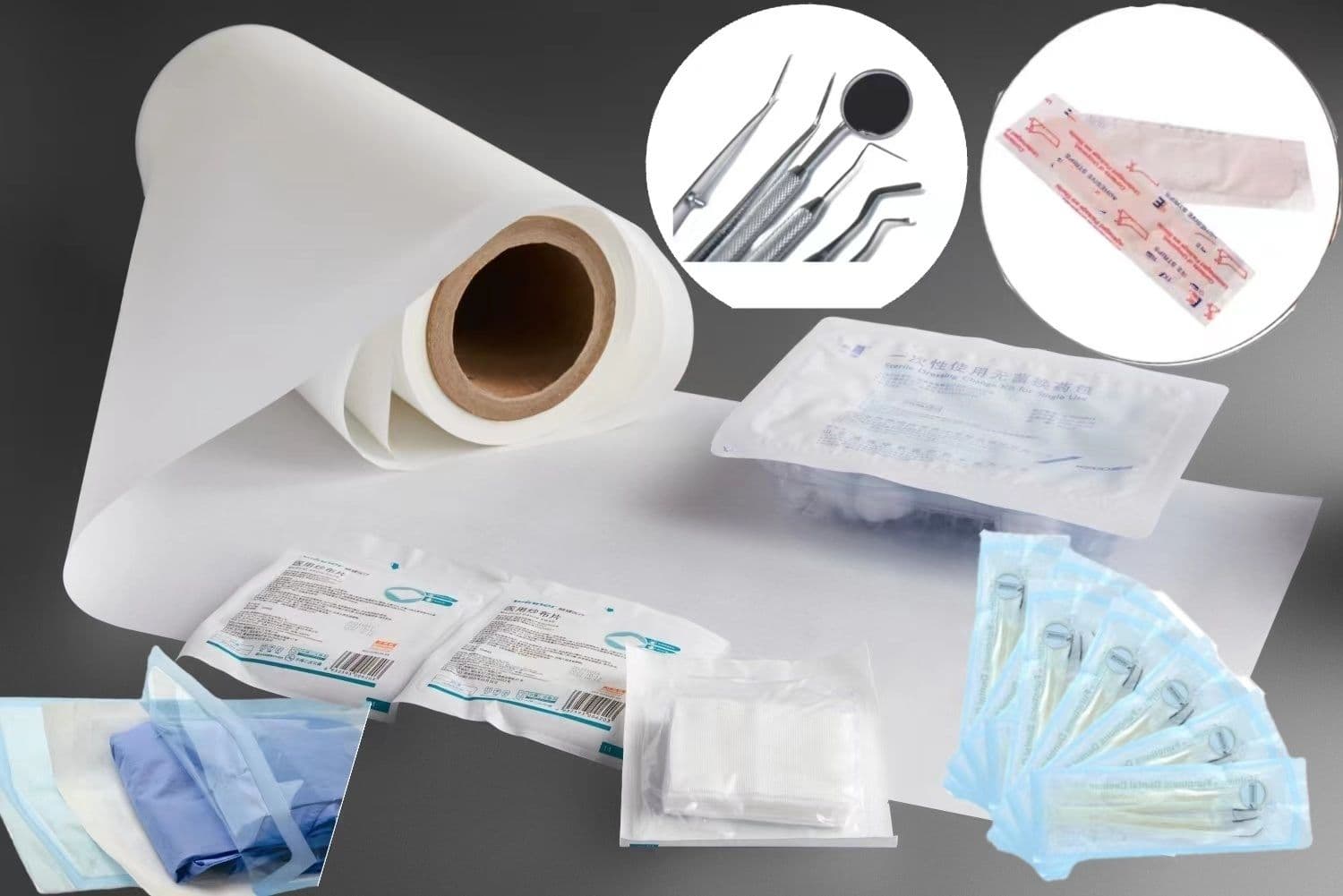Tyvek is truly a wonderful material, used in a vast variety of applications, but printing on it can be tricky. However, as it has been put to more and more purposes, recent technological advances now mean that using Tyvek sheets for printing can be done from home.
The most recent advance has been the introduction of Tyvek sheets which can be printed on any desktop InkJet printer. Printing Tyvek has long been only possible using industrial printers, which typically require extremely large print runs to be cost effective.
Whilst printing Tyvek from a desktop inkjet printer can be useful in particular circumstances, be aware that the process has some limitations. Today, we’ll look at what Tyvek is, what it can be used for, and why printing on it can be difficult, before looking at the techniques required to print on it with a desktop inkjet printer.
Tyvek#
Tyvek has been around for more than 40 years now, and in that time has been found useful in a vast variety of roles. It has been used to protect building sites, made into HazMat suits, and even used in fashion design.
Tyvek is a registered trademark of Du Pont, who first discovered the material in 1955. It was trademarked in 1965, and released for general use two years later. Since then is has become ubiquitous in many industries, and is now used extensively in packaging.
Whilst superficially similar to paper, Tyvek is actually made of spundbound Olefin fibers, each between 0.5-10 µm in width, which are compressed and heated in order to bond them together. This construction technique gives Tyvek its great strength, and also makes it totally waterproof.
Using InkJet Printers on Tyvek#
The fact that Tyvek is totally impermeable is what makes it so difficult to print on. On paper or similar materials, any ink applied to the surface is quickly adsorbed by the substrate. On Tyvek, this is not the case, leading to extremely long drying times for most inkjet processes.
Tyvek sheets for desktop inkjet printers get around this problem by employing special coatings that allow applied ink to dry quickly without smearing. This coating is typically only applied to one side of the material, meaning that care must be taken when feeding your printer.
Because Tyvek is strong and waterproof, it is useful in a variety of roles. Sheets of the material printed on desktop inkjet printers tend to be used in amateur and leisure contexts, for example used as signs for outdoor events.
Limitations#
Whilst for some purposes being able to print Tyvek at home is useful, this process has its limitations. Even with the special coatings employed, drying times for prints made in this way are typically too long to allow for large scale printing.
Therefore, if you need more than a few hundred copies of a particular Tyvek print, it is worth looking into professional printers, which typically use thermal techniques to print on Tyvek, and achieve much higher efficiencies that desktop Tyvek printing, for example some hang tag and tag printers.



